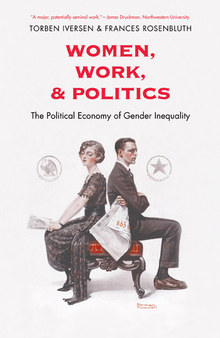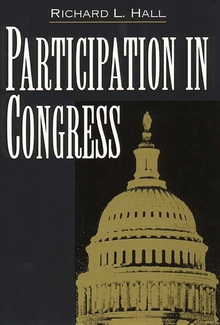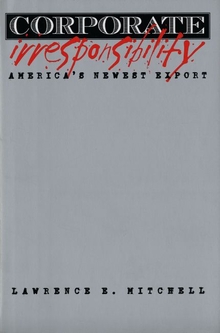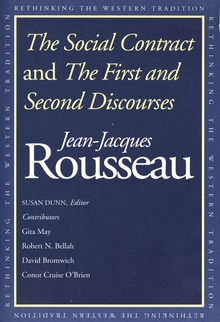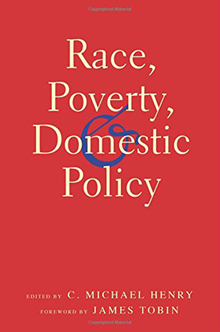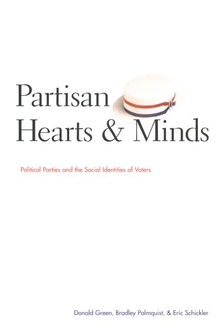Women, Work, and Politics
WARNING
You are viewing an older version of the Yalebooks website. Please visit out new website with more updated information and a better user experience: https://www.yalebooks.com
The Political Economy of Gender Inequality
Torben Iversen and Frances Rosenbluth
Looking at women's power in the home, in the workplace, and in politics from a political economy perspective, Torben Iversen and Frances Rosenbluth demonstrate that equality is tied to demand for women's labor outside the home, which is a function of structural, political, and institutional conditions. They go on to explain several anomalies of modern gender politics: why women vote differently from men; why women are better represented in the workforce in the United States than in other countries but less well represented in politics; why men share more of the household work in some countries than in others; and why some countries have such low fertility rates.
The first book to integrate the micro-level of families with the macro-level of national institutions, Women, Work, and Politics presents an original and groundbreaking approach to gender inequality.
“A pathbreaking study of gender inequality in different societies through the lens of political economy, Women, Work, and Politics offers an original interpretation of contemporary cross-national variations in female political representation. A fascinating and powerful argument.”—Miriam A. Golden, University of California at Los Angeles
“Iversen and Rosenbluth develop a micro-level bargaining model, embedded in a macro-level comparative argument. Their illuminating analysis is a major contribution to comparative political economy and gender studies.”—Robert O. Keohane, Woodrow Wilson School of Public and International Affairs, Princeton University
“Iversen and Rosenbluth construct a highly original framework for explaining temporal and cross-country variations in gender inequality. No doubt some of their conclusions will provoke controversy, but the framework allows the authors to produce a number of novel predictions, and they provide empirical evidence that supports their predictions. “—John D. Stephens, University of North Carolina at Chapel Hill
Publication Date: August 30, 2011
26 b/w illus.

